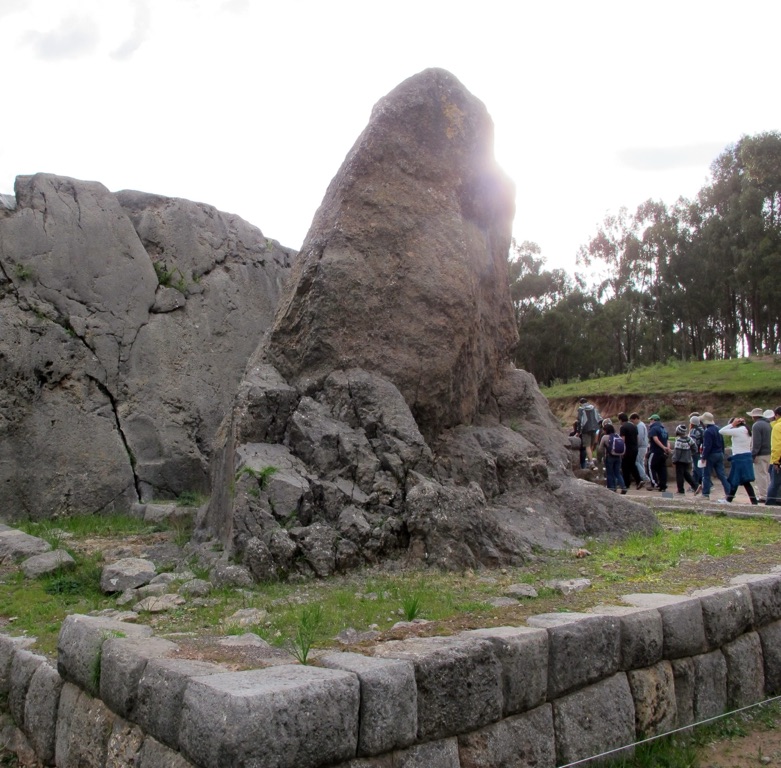Summary
Introduction to Q’enqo
Q’enqo is a unique archaeological gem located near Cusco, Peru. This ancient Inca site, also known as Kenko, holds a deep cultural significance. As a ceremonial center, Q’enqo was a place where Incas honored the sun, moon, and stars. Its name derives from the Quechua word meaning ‘zigzag,’ possibly due to the labyrinth-like channels carved into its rocks. These channels are thought to have been used for sacred rituals involving the flow of chicha or perhaps blood during sacrifices.
Get your dose of History via Email
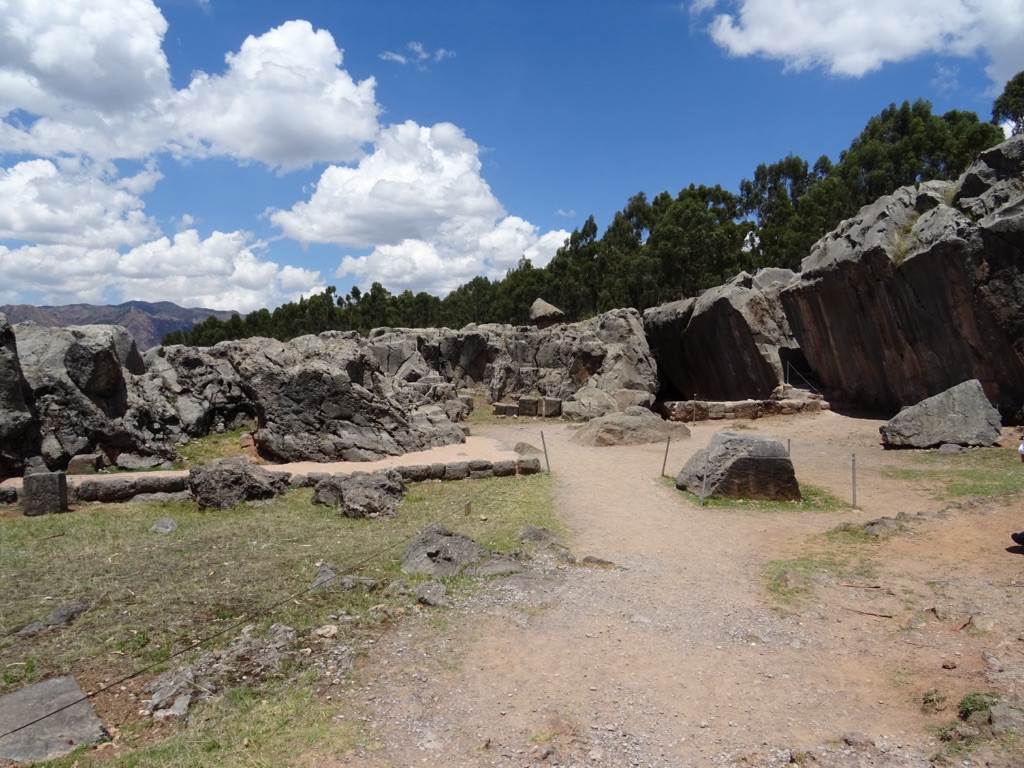
Architectural Features of Q’enqo
The site is notable for its remarkable stone carvings that have stood the test of time. The central feature of Q’enqo is a massive limestone formation with intricate designs of animals etched into its surface. Visitors are fascinated by the amphitheater area, mysterious underground galleries, and a large stone known as the Intihuatana, which was likely used as an astronomical calendar. These elements showcase the Incas’ incredible architectural skills and their commitment to harmonizing their structures with the natural world.
Cultural and Spiritual Relevance
Q’enqo serves as a window into the spiritual world of the Incas. The site provided a space for connection with the divine, offering glimpses of their religious practices and worldviews. Archeologists and visitors alike marvel at the evidence of ancestor worship and the careful placement of niches for mummies, allowing the Incas to honor their past. These practices reflect a civilization deeply rooted in tradition, paying homage to the elements and their ancestors with great reverence.
Historical Background of Q’enqo
Nestled amidst the Peruvian Andes, Q’enqo is a testament to the Incan civilization’s ingenuity and spiritual depth. This sacred site, just a short distance from Cusco, bears witness to a rich historical tapestry, dating back to the 15th century. Originally named “Q’enqo,” meaning ‘labyrinth’ in Quechua, it captures the complexity and symbolic nature of the Inca’s relationship with their land and deities.
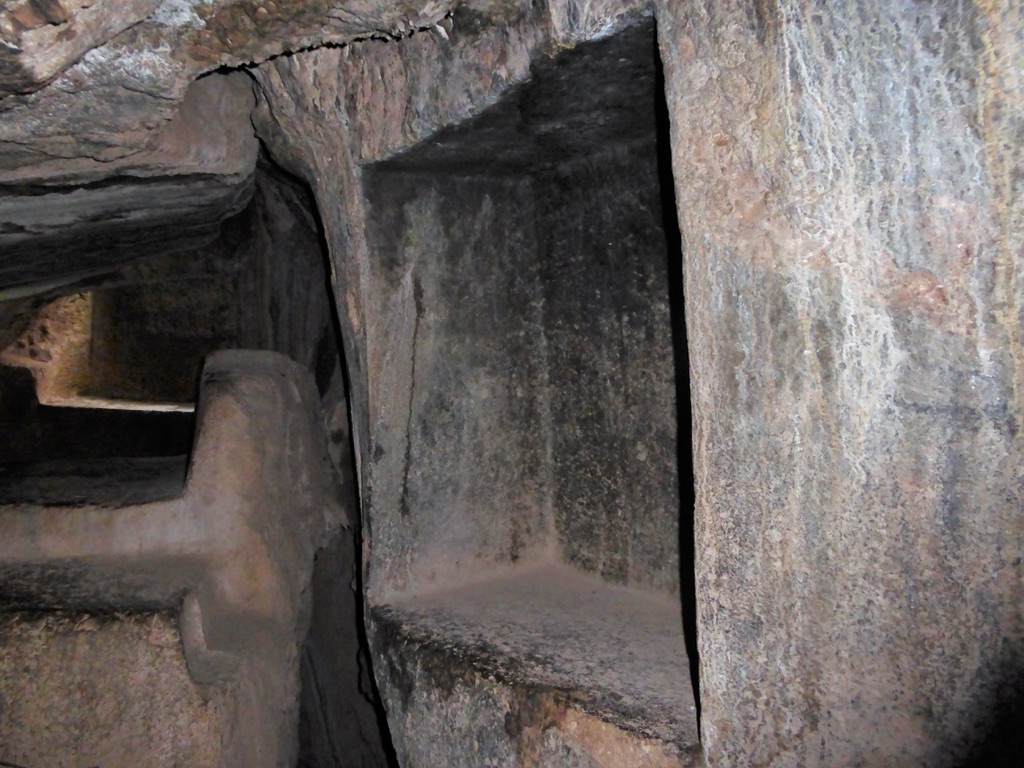
The Inca Empire’s Ceremonial Center
Q’enqo played a critical role in the religious life of the Inca Empire. It functioned as a ceremonial center where astronomical events were observed, and rituals were conducted to appease the gods. The site’s prominent limestone rock carved with sacred motifs represents the Inca’s reverence for nature. Offering a serene and mystical atmosphere, it continues to draw visitors seeking insight into the past.
Architectural Marvels of the Incas
The ingenuity of Inca architecture shines through at Q’enqo. The site boasts a series of canals carved directly into rock formations, channeled to direct the flow of liquids during rituals. Together with the semicircular amphitheater and intricately designed chambers, these features provide a glimpse into a civilization that merged practicality with profound spiritual significance.
Symbols and Rituals
Inca traditions come alive through Q’enqo’s symbolic features. One can’t help but be fascinated by the ceremonial alters, believed to have been used for sacrifices and offerings. These elements underscore the importance of Q’enqo as a spiritual hub, lending it an air of mystery and reverence for the cycle of life.
Today, Q’enqo serves both as a reflective historic site and a cultural beacon. It allows us to contemplate the Inca’s vast understanding of both the cosmos and the earth. Visitors leave with a richer appreciation of this ancient culture, reinforcing Q’enqo’s enduring legacy.
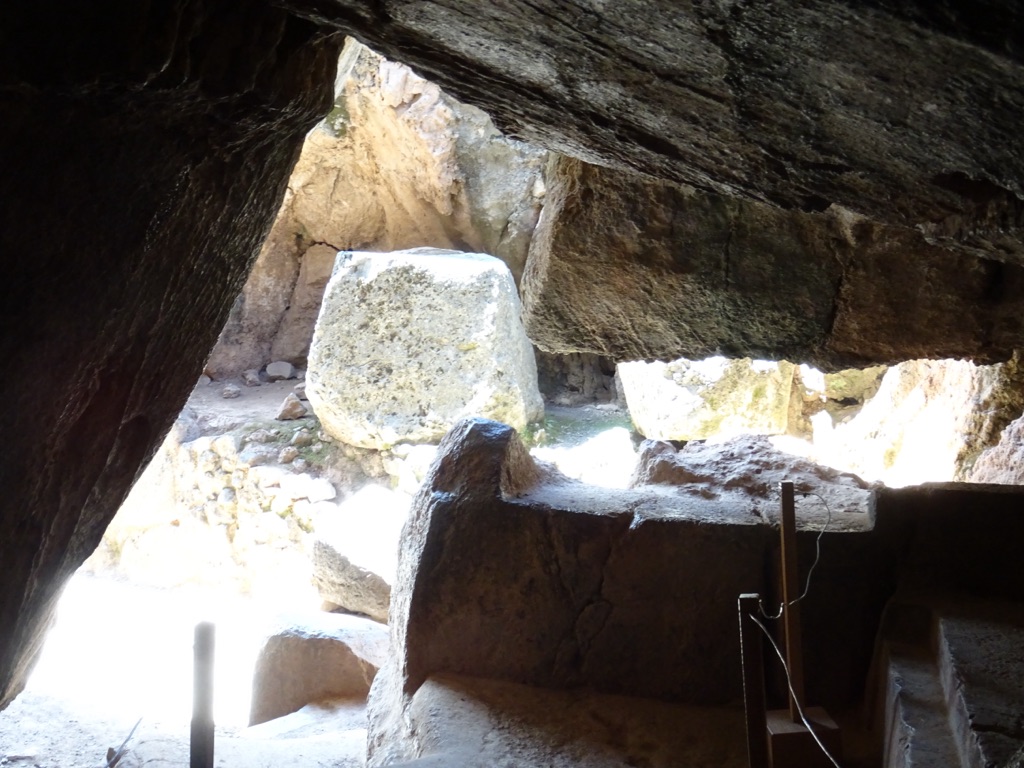
The Discovery of Q’enqo
Unveiling the Past of Q’enqo
When Hiram Bingham brought Machu Picchu to global attention in 1911, Q’enqo’s discovery followed soon after. It had remained untouched for centuries. Nestled near Cusco, this site quickly caught the attention of archaeologists. It offered a new piece of the Incan legacy puzzle. As researchers cleared away the dense vegetation, the full splendor of Q’enqo began to unfold.
Insights from the Stone
It was the intricate stonework that hinted at Q’enqo’s ceremonial importance. Archaeologists were stunned by the carvings and chambers found throughout. Initial assumptions were made about its uses for rituals. Further study revealed its use in seasonal ceremonies. This underlined the Inca’s profound connection with the celestial.
The Role of Local Narratives on Q’enqo
Local folklore played a key role in unearthing Q’enqo’s historical significance. Tales passed down through generations guided archaeologists. These stories spoke of ancient traditions, aligning with the enigmatic carvings and structures found at the site. It became evident Q’enqo was central to Inca spiritual life.
Over the years, the extensive research helped piece together Q’enqo’s history. What once served for astronomical observation and sacrificial rituals gained recognition. Now, it’s a vital part of our global heritage.
Q’enqo stands today as a monument to Incan civilization. Its discovery gives us invaluable insight into a complex, spiritual culture. It compels us to reflect on the vast wisdom and architectural prowess of the Incas.
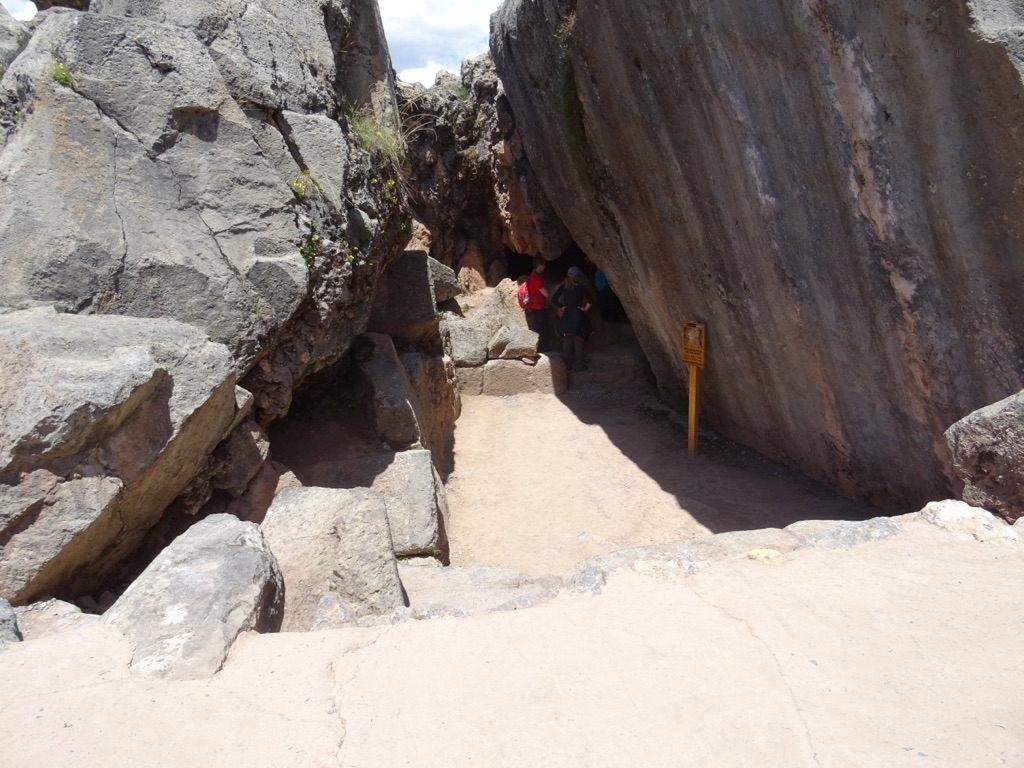
Cultural Significance, Dating methods, Theories and Interpretations
Inscribed in Stone: Cultural Relevance of Q’enqo
Q’enqo’s labyrinth of stone channels and altars speaks volumes about the Inca’s cosmological views. As a cultural relic, it exemplifies their spiritual practices and reverence for natural phenomena. Significant as a site for rituals linked to the sun, moon, and stars, Q’enqo underscores the Incas’ connection with the cosmos. Its role in seasonal festivals, like Inti Raymi, bears evidence of their astronomical prowess and timekeeping precision.
Unlocking the Age: Dating Techniques
Radiocarbon dating and stratigraphy have been key in determining Q’enqo’s age. These methods indicate the site was likely in use during the height of the Incan Empire. Analysis of organic material found on-site provides insights into when these structures were first carved into the living rock. Carbon-dating results align with the known timeline of Incan dominance in the region, further validating historical chronologies.
Puzzle of the Past: Theories and Interpretations
Theories about Q’enqo’s function abound as scholars debate the true purpose of its enigmatic construction. Some suggest the channels were used for chicha or blood to flow during rituals, signifying a profound connection with earth and life cycles. Others interpret the carvings to represent a map of the cosmos, aligning Q’enqo’s structure with celestial bodies. These interpretations remain speculative but add to the richness of the site’s history.
Interpretations of Q’enqo’s cave and rock formations have evolved over time as new findings come to light. The cavernous spaces may have been sites for mummification or ancestor veneration, given the Inca’s ancestral worship practices. Theories such as these deepen our understanding of the site’s spiritual significance.
Despite excavations and studies, Q’enqo retains an air of mystery. Its stone monoliths and chambers provide silent testimony to its past. As research continues, Q’enqo’s stories will further unfold, offering new chapters in the annals of Incan history.
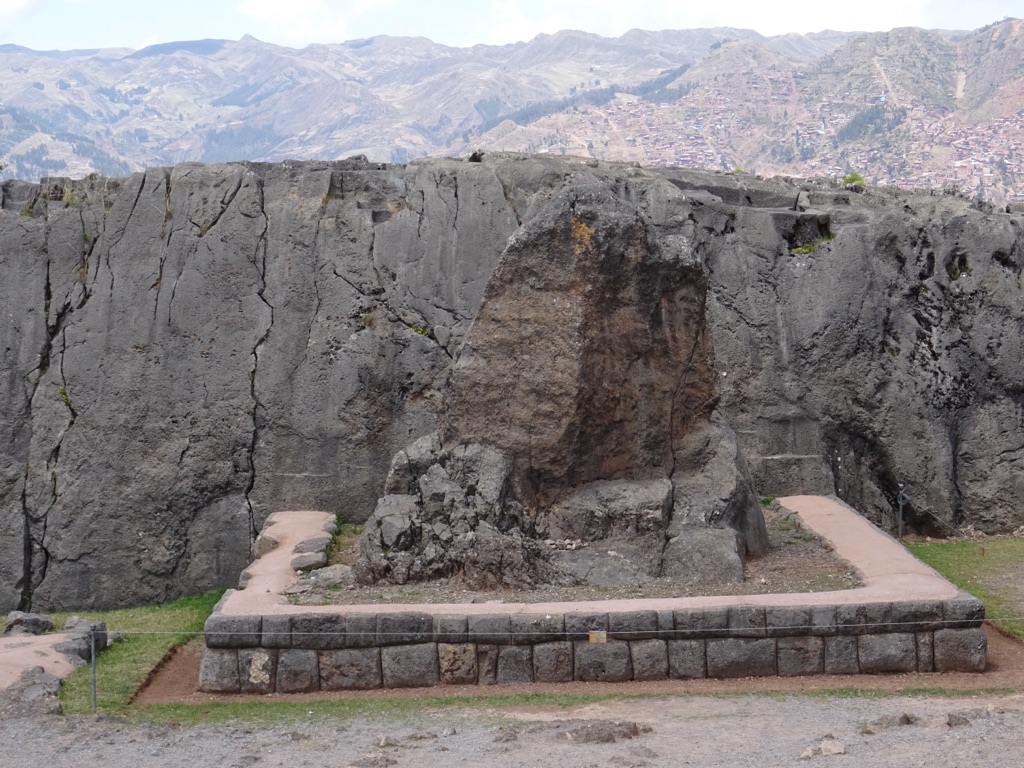
Conclusion and Sources
In conclusion, Q’enqo represents a fascinating chapter in the extensive and intricate history of the Inca civilization. Its rich cultural significance and the still-unravelling theories about its use reflect the depth of Incan spirituality and understanding of the natural world. As research progresses, Q’enqo continues to inspire admiration and curiosity, cementing its place as a crucial component of Peru’s archaeological heritage and a symbol of the past’s enduring influence on present cultural landscapes.
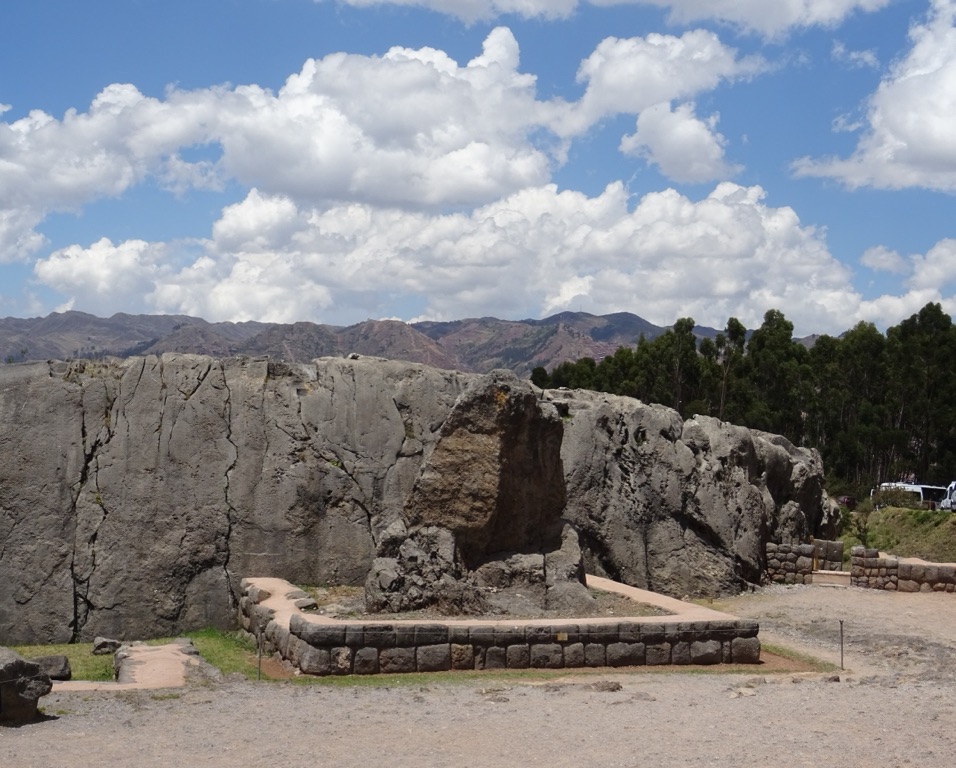
For further reading and to validate the information presented in this article, the following sources are recommended:
Or you can check any of these reputable archaeological and historical texts:
Bauer, B. S. (1998). The Sacred Landscape of the Inca: The Cusco Ceque System. University of Texas Press.
D’Altroy, T. N. (2002). The Incas. Blackwell Publishers.
Frost, L. (2020). Spirits in Stone: The Secrets of Megalithic America. A Guide to the Meadowlands and Environs of New York City. Inner Traditions.
Zuidema, R. T. (1982). Inca Civilization in Cuzco. University of Texas Press.
Dearborn, D. S. P., & Schreiber, K. J. (1986). Here Comes the Sun: The Cusco Calendar of Inca Coya Raymi. Science, 231(4735), 224-230. https://doi.org/10.1126/science.231.4735.224

